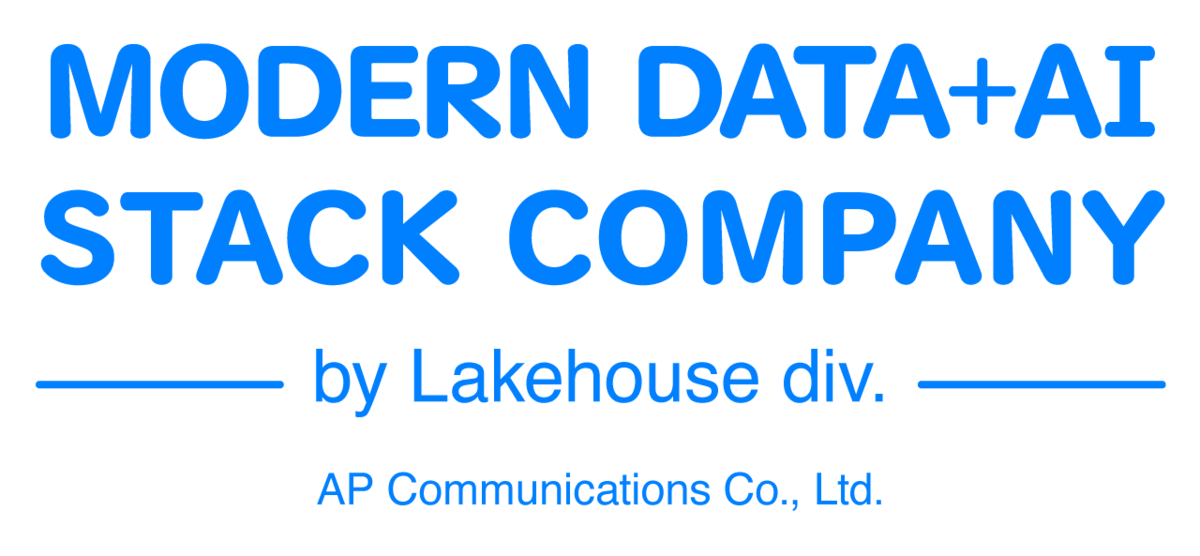AI Regulation Approaches: The EU AI Act and Databricks' Support for Compliance
This is Johann from the Global Engineering Department of the GLB Division. I wrote an article summarizing the content of the session based on reports from Mr. Nagae participating in Data + AI SUMMIT2023 (DAIS).
Today, I would like to share with you the content of a lecture Mr. Nagae attended on AI regulation, titled "AI Regulation is Coming: The EU AI Act and How Databricks Can Help with Compliance." The lecture was delivered by Matteo Quattrocchi, Policy Director for EMEA at Databricks. The theme of the lecture was to explain the EU AI Act and introduce how Databricks can help with AI regulatory compliance. The target audience includes those interested in AI technology and AI regulation, as well as companies developing AI models in the EU market. Without further ado, let's dive into the content of the lecture!
Overview and Objectives of the EU AI Act
The EU AI Act is one of the most advanced AI regulations in the world, aiming to establish a risk-based approach. It is said that conformity obligations will be created for high-risk AI use cases in specific sectors.
Risk-Based Approach
The EU AI Act aims to regulate AI technology according to its risk. Specifically, the following risk classifications are made:
Minimal risk: Little to no regulation
Limited risk: Requirements for transparency and information disclosure
High risk: Strict conformity obligations imposed
This risk-based approach is believed to ensure safety and ethics without hindering AI technology innovation.
Conformity Obligations for High-Risk AI Use Cases
For high-risk AI use cases, conformity obligations will be established. These include the following requirements:
Implementation of a quality management system
Proper handling of data
Ensuring transparency
Human supervision
Appropriate security measures
By meeting these conformity obligations, it is believed that high-risk AI use cases can be safely utilized.
How Databricks Can Help with AI Regulatory Compliance
Databricks offers features and services that help with AI regulatory compliance. By utilizing these, companies can enjoy benefits such as:
Strengthening data governance
Streamlining bias management
Improving cybersecurity
Ensuring system accuracy and robustness
By leveraging these features, it is believed that companies can meet the conformity obligations of the EU AI Act. For example, Databricks' data integration features can be used to address the implementation of a quality management system and proper handling of data. Additionally, transparency and human supervision can be achieved by utilizing the machine learning model development and operation features.
Latest Concepts and Features
Databricks is continuously introducing new concepts and features. This enables companies to achieve AI regulatory compliance more efficiently. For example, the following features are available:
AutoML: The automatic machine learning feature improves the efficiency of model development.
Delta Lake: A fast and scalable data lake that makes data handling easier.
By utilizing these features, companies can more effectively achieve AI regulatory compliance. The EU AI Act adopts a risk-based approach and establishes conformity obligations for high-risk AI use cases, aiming to ensure the safety and ethics of AI technology. Databricks provides features to help meet these obligations and support AI regulatory compliance.
Conclusion
This content based on reports from members on site participating in DAIS sessions. During the DAIS period, articles related to the sessions will be posted on the special site below, so please take a look.
Translated by Johann
Thank you for your continued support!
